Should you really design your own campervan electrical system?
When we wrote The Van Conversion Bible, we ran a survey to collect data from self-build van converters and aspirant van converters. We asked them what their biggest concern about converting their own van was. The most popular choice by far was the campervan electrical system, with 28% of respondents mentioning it. Off the back of this, we decided to launch our electrical system design service, to make off-grid energy simple.
It’s been nearly a year since we launched Nohma, and we have already helped hundreds of people with their electrical systems. And of course, we had to use Nohma as another opportunity to collect some more data, so we decided to include a few extra questions at the end of our enquiry questionnaire.
For every enquiry we receive, we guide customers through a carefully constructed set of questions to ascertain their usage, preferences and requirements. Next, one of our off-grid engineers will get in touch to discuss the various options. They then use our clever algorithm, which uses over 200 parameters and calculations, to design the customer’s perfect system.
At the end of the enquiry form, we ask four fundamental questions, specific to a customer’s system:
- What inverter size do you need, if any?
- How many Ah of power do you expect to use each day?
- How much usable battery capacity do you need?
- How many watts (W) of solar do you need?
We also asked a basic system safety question:
- How do you size a busbar?
Finally, we ask two non-system-specific questions:
- How many hours have you spent learning about campervan electrical systems?
- How confident are you in your answers?
Our aim
The aim of this research was to highlight to prospective van converters and professionals, that off-grid electrical systems are both complex and unique to their owners. However, crucially with our support, we can ensure you build a safe, fit-for-purpose system, first time!
Results
We were shocked by the results. We anticipated that people would not answer every question right, but the reality was that only 2 people out of 332 correctly answered the four fundamental questions!

Eek, that’s not a lot of people! We’ll be honest, we actually left the survey running longer than first intended because for 6 months not a single person got the four fundamental questions correct. Leaving the survey open for longer also helped to make the data more statistically significant and allowed us to draw some really interesting conclusions!
It is also worth noting that we decided not to include the results of the question: How do you size a busbar? within the overall scores. This was because it wasn’t considered as fundamental as the other questions we asked. Furthermore, there were only four multiple-choice answers and an “I don’t know” option, which received the overwhelming majority of the answers. This question did however highlight the lack of basic electrical system understanding from participants designing their electrical systems.
The rest of this article will delve into the data, and shed light on how not to design a campervan electrical system!
99.4%
of people failed to correctly answer the four most fundamental questions

System specification questions
What size inverter do you need?
This question was arguably the easiest question in our short quiz. However, it still saw 42% choose the wrong inverter size for their specified appliances from the multiple-choice selection below.
- I don’t need an inverter
- 250VA
- 375VA
- 500VA
- 800VA
- 1200VA
- 1600VA
- 2000VA
- 3000VA
- More than 3000VA

Choosing the correct inverter size is important for several reasons. Firstly, an inverter that’s rated higher than your requirements will cost you more than you need to spend. This is compounded by associated components like cables, busbars and fuses also needing to be increased. Furthermore, it’s inefficient to use a higher rated inverter than what you need.
Choosing a larger inverter than required will affect your required battery capacity. All inverters have a ‘zero load power’ – this is the wattage they use just by being connected to your electrical system. The larger the inverter, the larger the zero load power.
For example, a 500VA inverter will use 12Ah/day by just being on, whilst a 3000VA inverter will use 24Ah/day, which is double! If you are only running a couple of laptops and some hair straighteners, it doesn’t make sense to install a 3000W inverter. Over a 3 day period, you will use 36Ah of power more than you would if you had a 500W inverter.
Now, let’s quantify the cost of this. A good quality TN Power lithum battery costs ~£7 per Ah, so including an oversized inverter will cost you ~£250 in extra battery capacity!
Additionally, there is another level of confusion when it comes to sizing an inverter when you start looking at VA (volt-amps) vs W (watts). Whilst some inverters are rated in watts, others are rated in volt-amps, and these aren’t always equal. So, it’s important to understand the difference when sizing your inverter.
The correct answer
60VA
or
1000VA
or
1600VA
Total = 2660VA
Inverter required: 3000VA
For more information on sizing your inverter, check out our article: What size inverter do I need for my campervan?
How many watts of solar do you need?
After an easy starter question, we moved on to something a bit more complicated. There are a multitude of factors to consider when determining how many watts of solar you need, which is reflected in the wild distribution of answers given to this question!
As with most off-grid electrical sub-systems, underspeccing will see you run out of power when you need it most, and overspeccing will cost you hundreds – more on that to come!
Note: We allowed a +/-15% tolerance to each answer, and asked participants for answers to the nearest 50W.

82.5%
of people failed to correctly size their solar array for their usage
The correct answer
Unfortunately, it’s difficult to give a simple answer to this question because there are so many interdependencies and usage considerations. Below we have list just some of considerations we make when specifying a solar array for a bespoke campervan electrical system.
- Distance from solar entry to the system
- Type of panels (rigid vs flexible vs foldable)
- How much available roof space do you have
- What environment will you use your van in
- What type of mounting brackets
- Fixing type for mounting brackets
- Summer vs winter – angle of sun in sky
- Battery capacity x other charging methods
- How long does solar take to recharge
- Cable seal type and size
- Do you need a solar extension cable
- Series or parallel
- Charge controller required for the solar array
- Can you mix solar panel sizes
- Fuse rating
- Cable gauge
- PV isolation
- Do you want solar dump
- Multiple small panels or single big panel
- Lugs and connectors needed
- Solar panel efficiency
- Installation sequence of the charge controller
- Starter battery trickle charge from solar
The most common problem people make is installing everything on their roof (including solar panels) before they start to think about their electrical system. This often means they simply won’t be able to generate enough power to meet their needs, and sees them having to make big compromises.
How many Ah of power do you expect to use each day?
Calculating your daily power usage is one of the first steps to defining the specification of your electrical system and it should not be a case of picking what appears to be a big number and hoping for the best!
Note: We allowed a +/-15% tolerance to each answer.
87.8%
of people failed to calculate their daily power usage
The correct answer
In practice, you should list all of your appliances, the quantity, average operating wattage and how long each will be used for each day.
Quantity x (Watts ÷ battery voltage) = Current (A)
Current x hours used per day = Ah/day
Finally, the Ah of each appliance can be added together to give you your daily power usage. This can be more complex than it first appears because manufacturers are not clear about a product’s power usage. You will often see a maximum wattage or start-up wattage, and not a typical operating wattage which is likely to be very different to the maximum.
Cooking using an induction hob is fantastic example of this. An induction hob my be advertised as 1800W, but you are unlikely to use both rings at the maximum heat for the duration of your cooking time…unless you’re as bad at cooking as Dale was at university!
You can read more about cooking using induction in our article: Should you install a campervan induction hob?
Qty
x2
Wattage
60W
Time
3hrs
2 x (60W ÷ 12V) = 5A
5A x 3hrs = 15Ah
Qty
x1
Wattage
800W
Time
3hrs
1 x (800W ÷ 12V) = 67A
67A x 0.17hrs = 11Ah
Qty
x1
Wattage
60W
Time
3hrs
1 x (1600W ÷ 12V) = 133A
133A x 0.25hrs = 33Ah
Daily power usage : 59Ah
What usable battery capacity do you need?
This may sound very similar to the previous question and it is closely linked. However, understanding daily power usage means nothing without considering how people intend to use and travel in their vehicle and any limitations they may have.
This is therefore perhaps the most important consideration to get right. Your batteries are not only the heart of your electrical system, but also typically the most expensive component. We purposefully worded the question to say “usable battery capacity” to account for the variation in battery chemistry, e.g. lead acid or lithium.
The results showed a general trend to under calculate the usable battery capacity, with a strong cluster of people answering with a capacity more than -100% out from what they actually required!
On the flipside, with lithium batteries costing between £7-12 per Ah and AGM ~£2 per Ah, the cost implications of overspeccing your battery capacity can add up quickly!
Note: We allowed a +/-15% tolerance to each answer.

82.5%
of people failed to correctly size their battery capacity for their usage
The correct answer
There are a number of considerations you should take into account to decide how many days your batteries should be able to sustain you off-grid without recharging.
- How much time spent off-grid at a time?
- How often will you use your van?
- How long do you plan to keep your van?
- What charging methods are available?
- How much space do you have for batteries?
- Do you have sufficient means of recharging?
- Can you afford the capacity you need?
- What battery chemistry is right for me?
It’s hard to give an answer as there are so many inter-connecting considerations. However, for someone spending with either mixed use or fully off-grid and using their van semi-regularly (Most weekends and 1-2 week holidays), we would recommend having at least 3 full days of battery capacity without charging.
Daily power usage x days off-grid without recharging = Usable battery capacity
Usable battery capacity ÷ max battery discharge = Battery capacity required
Example
- Frequency: Most weekends and 1-2 week holidays
- Usage: Mixed use case (I will spend my time split between campsites & off-grid)
- Van lifetime: 5-9 years
- Daily power usage: 50Ah
As this example has medium frequency and usage, then 3 days off-grid without charging should be sufficient (though there are many other factors to consider).
50Ah x 3 days off-grid = 150Ah usable battery capacity
As the daily power usage is not too high, and the van won’t be used for full-time van life, then as long as space and weight are not at a premium, AGM batteries should be suitable for this usage. AGM batteries can be discharged up to 80% without damaging them (although if being used for full-time van life, they should only be discharged ~60% to prolong their lifespan).
150Ah ÷ 80% = 187.5Ah battery capacity required
As 100Ah AGM batteries are commonly available, we would give this person 200Ah AGM, which would give them 3.2 full days off-grid without recharging.
Battery required : 200Ah AGM
System safety
Do you know how to size a busbar?
In our short quiz, we asked participants a multiple-choice question to understand if they knew how to correctly size a busbar a simple yet safety-critical component of a campervan electrical system.
Note: This was a multiple-choice question with four choices and an “I don’t know” option.
82.7%
of people didn’t know how to size a busbar, which could present a safety risk
We specifically asked this question because we regularly see this component undersized in systems designed by self-build van converters and so-called “campervan electrical system experts”.
Because power is dissipated as heat and is proportional to the square of the current, exceeding a busbars current rating will therefore result in potentially dangerous high temperatures that could melt the busbar housing or even result in causing an electrical fire.
The correct answer
Add together the maximum continuous operating amperage of each sub-system and select a busbar with a current rating greater than this combined value.
Amazon and eBay are flooded with electrical components that don’t achieve their advertised specification. Furthermore the companies that sell on these platforms are purely interested in selling a box, they don’t understand the products they sell and will not help you! Ultimately, the cost of a busbar is inextricably linked to the cost and volume of the material used. If something looks to good to be true – it probably is!
Confidence and time learning
At the end of the technical questions, we asked each participant to select how confident they were in the answers they had given, and in their ability to design a fit-for-purpose and safe electrical system.
The results showed no correlation between confidence and quiz score achieved, apart from those who were most confident. Those who believed themselves to be the most confident were consistently the lowest scoring, with an average score half the overall average, at just 0.2/5.
This phenomenon is referred to as the Dunning-Kruger effect, and is referred to by psychologists as a cognitive bias whereby people with limited knowledge or competence in a given intellectual or social domain greatly overestimate their own knowledge or competence.

This situation occurs when someone spends only a small amount of time learning about a subject and quickly mistakes the topic as being simple.
Remember, we asked 332 people just four basic questions and only two people got them right. However, we believe there are 200+ considerations and calculations to consider to design an off-grid electrical system! If this article teaches you anything, it should be that off-grid electrical systems are not simple!
By using Nohma, our customers save on average…
146hrs
The two highest scores came from someone who had spent over 100 hours researching campervan electrical systems, and from someone who had worked as an electrical engineer for 20+ years!
On average, people spent 11.7hrs learning and achieved an average score of 0.4 out of 5.
If we extrapolate the average time spent and score until we achieve 5/5, this would equate to 146.3hrs of learning to design a one-off system correctly. Of course, this is a fairly crude method of calculating learning time.
However, this is still far less than the two regularly quoted times to achieve a given level of competency in a technical discipline.
- Proficient: 3 months or ~480hrs
- Expert: 10 years or 10,000hrs
The cost of getting it wrong
Because we asked a broad range of fundamental questions, we were able to attribute a cost implication each time someone overspecced their system. This was based on the cost difference between, for example, a 200W and 300W solar sub-system, including all necessary components such as solar panels, charge controller, cables fuses, switches etc.
By using Nohma, our customers save on average…
£562
Out of the 332 participants, a staggering 228, or 69%, overspecced one or more areas of their electrical system. In some instances, the cost implication was thousands of pounds due to the big difference between their answers and what they actually required. Below we have highlighted two typical examples of overspeccing and the associated cost.
| Participant 134 | |||
| Answer | 3000VA | 800W | 600Ah |
| Required | 1200VA | 560W | 360Ah |
| Saving | £999.88 | £543.12 | £371.55 |
Saving: £1,914.55
| Participant 20 | |||
| Answer | 1200VA | 300W | 400Ah |
| Required | 500VA | 300W | 200Ah |
| Saving | £474.91 | £0 | £309.63 |
Saving: £784.43
It is important to emphasise that for every increase in either charging (charging from solar) or discharging (inverter usage), there is a greater cost implication than just the solar array size or inverter size.
All associated sub-system components such as cables and busbars will also need to change, which further increases the cost. The graph below illustrates this by highlighting the cost of a particular inverter and the cost of the associated components required to make the sub-system function.

Please note: Prices are from February 2022 and will likely increase over time.
The additional hidden cost saving is your time! Obviously, everyone values their time differently, but it’s reasonable to assume that the lowest you would value your time is that of the current national living wage which is £9.90 (but we’ll round up to £10). We have already concluded that on average our customers will save 146hrs thanks to our service, which equates to a saving of £1,460!
Importantly however, if you want to learn more about electrical systems, our off-grid engineers are always on hand to provide guidance and explanations throughout your system design and installation. This means you can understand the rationale behind each decision without the risk and ramifications of getting it wrong!
Campervan electrics leaving you confused?

Conclusion
So in conclusion, should you design your own campervan electrical system? Our advice would be to save money and time by using our free electrical design service. We provide a bespoke wiring diagram to every customer, as well as ongoing technical support and installation guidance from our team of Off-grid Engineers. This ensures you still understand your system, but without spending hundreds of hours figuring it our yourself.
We hope you’ve found this article interesting, and it’s helped to improve your knowledge about campervan electrical systems. If you have any ideas for other articles we should work on, pop them in the comments below.
If you do decide to tackle your own electrical system, you can purchase all of the individual components from our webshop. Even if we don’t supply your full system, we’re happy to provide technical support about specific products and sub-systems via email for any products you purchase from us.
We’ll leave you with a few final words of advice from the Nohma team:
- Many pre-converted vans will not have safe and functional electrical systems. Be extremely careful when purchasing a campervan second hand – the odds are not good that the electrical system will be fit-for-purpose!
- Don’t assume most professional van converters will fully understand electrical systems. If you want to be confident your van converter is going to get it right, you can still use our service and we can supply everything directly to them.
- Not all electrical system retailers will have your best interests at heart. If someone tells you that you need a 3000VA MultiPlus and 600Ah of lithium, they’re probably wrong (unless you want to install an induction hob!). This is the default that many will try to push, but in reality only a small percentage of our systems will include these components.
- Most full electrical system kits will not meet your needs. We design over 2,000 systems each year, and almost all of them are different. We’d therefore recommend not purchasing a kit for your electrical system. The exception to this would be sub–systems – as long as you’ve calculated what you need, purchasing kits for solar, inverters etc. should be fine, as long as they are all compatible.
- Many kits don’t contain everything you actually need – lots of retailers are guilty of not including components needed to fully connect everything up to your system, or even critical safety parts. If you’re comparing two kits and one is much cheaper than the other, it could be missing vital safety components!
- Be wary of cheap electrical components, particularly solar panels. A lot of the cost is in the physical materials, so watch out for something that seems too good to be true – it probably is!
- Warranty length and type is a good way to check the quality of a component – some cheap products may only have a short “material warranty”, whereas all of the Victron products have a “5 year full warranty”.
- All of our Off-grid Engineers come from technical and engineering backgrounds, and have direct experience converting vans and installing electrical systems. Many other system designers and retailers in the industry don’t employ a single engineer, but we ensure that anyone designing your system is fully qualified to be doing this – find out more about our little team here: About us.




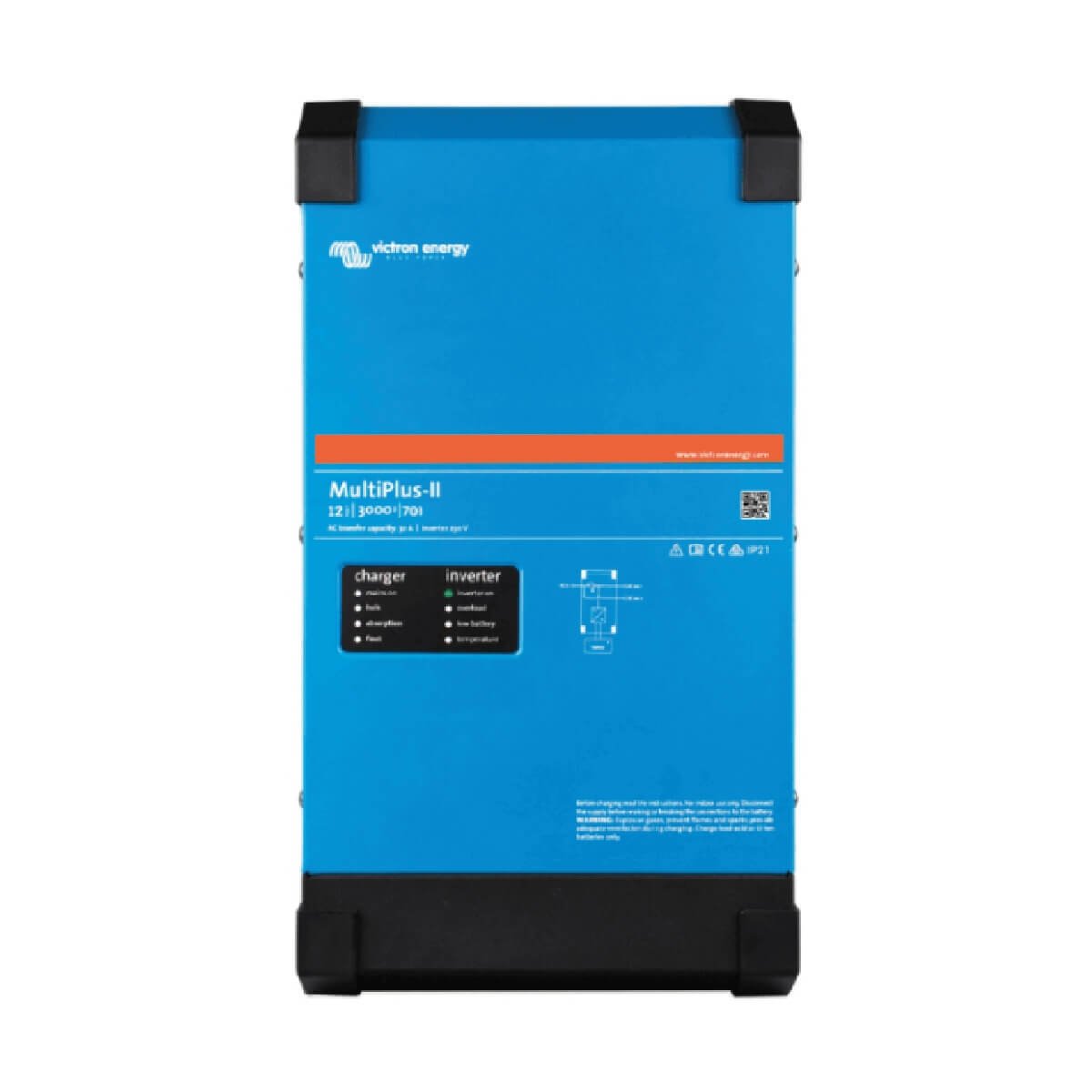

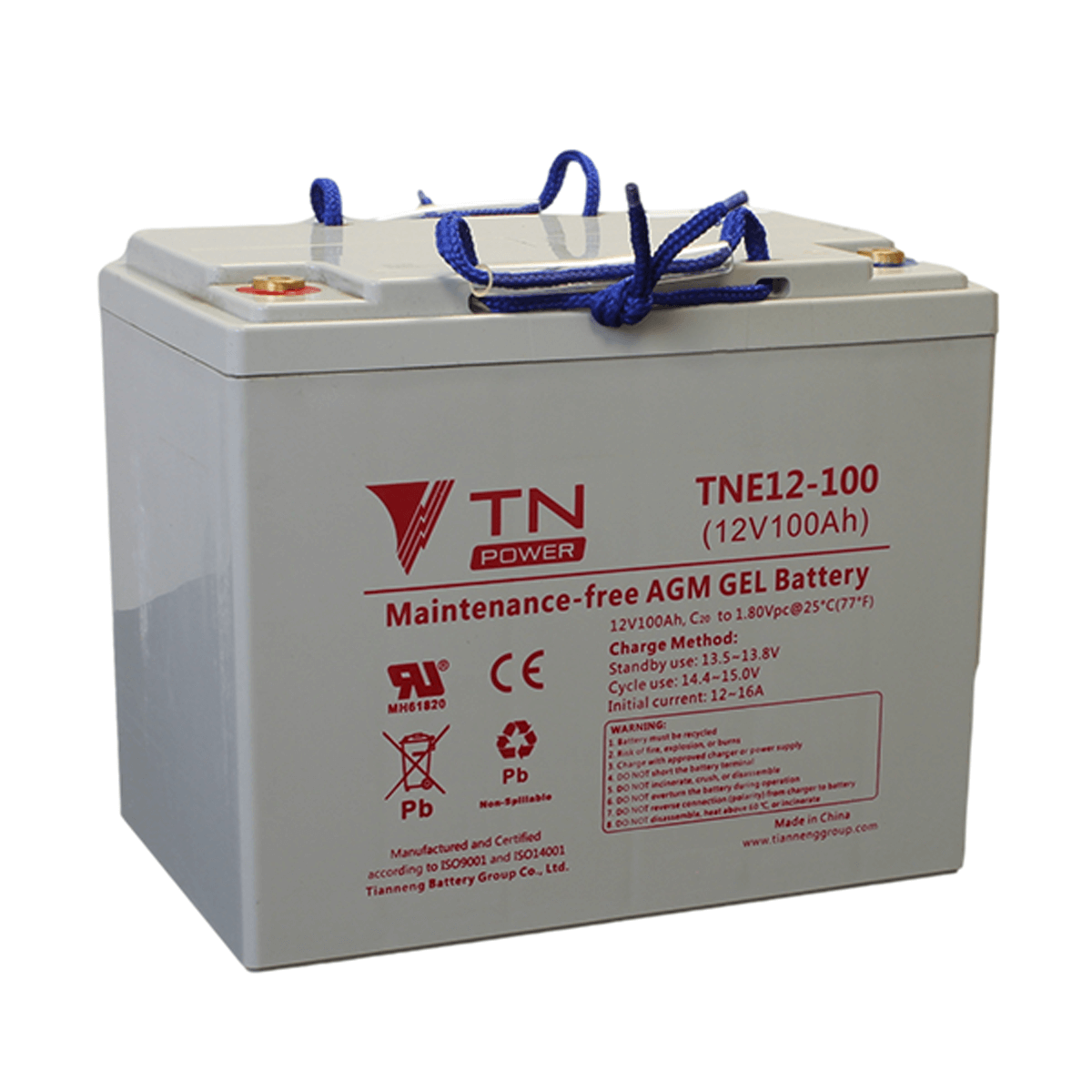
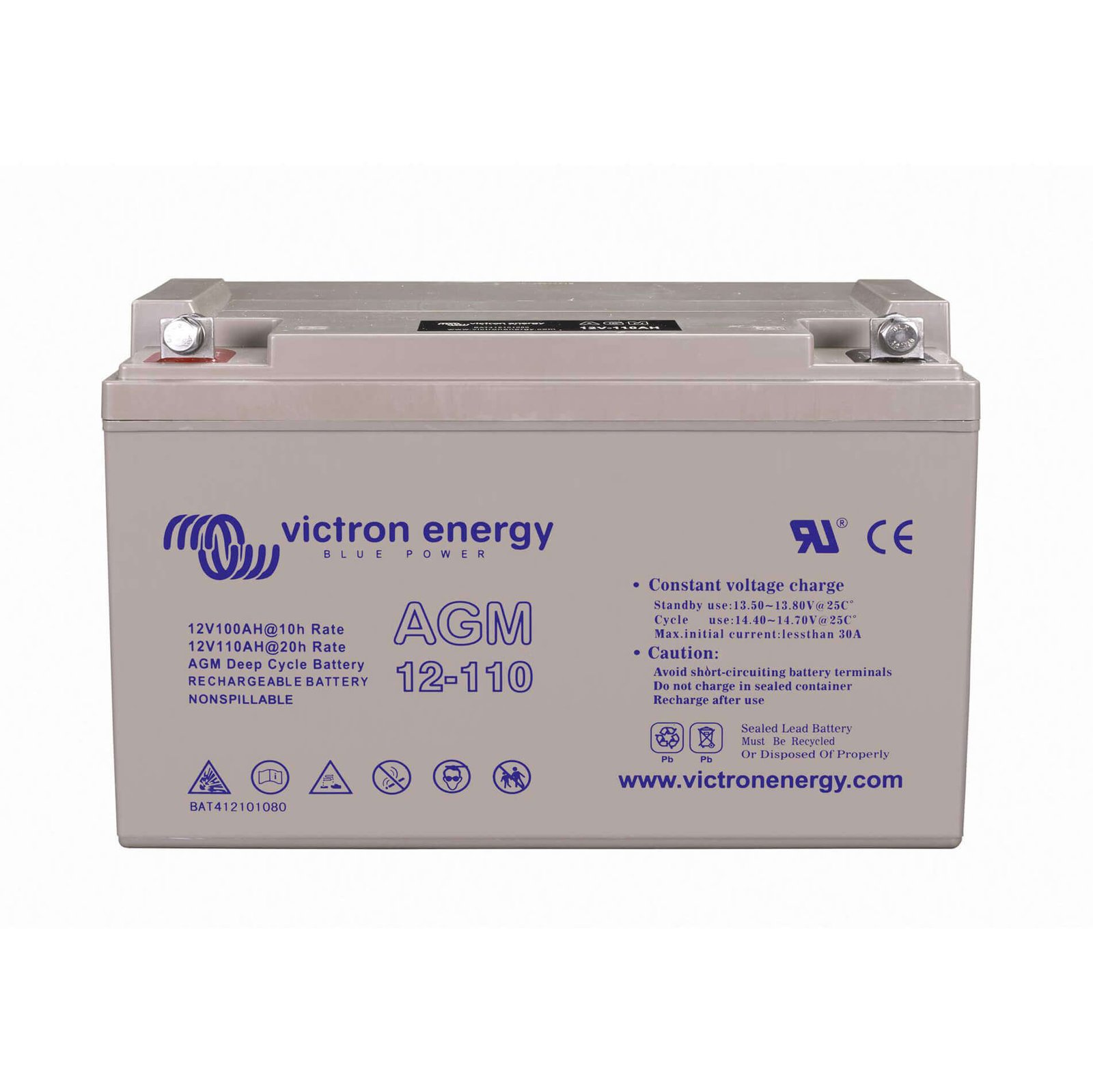
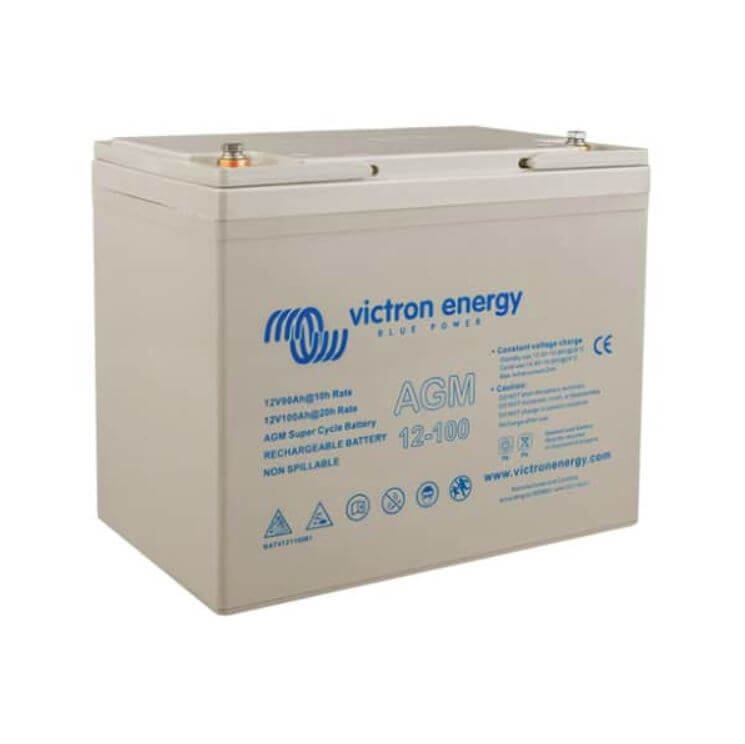
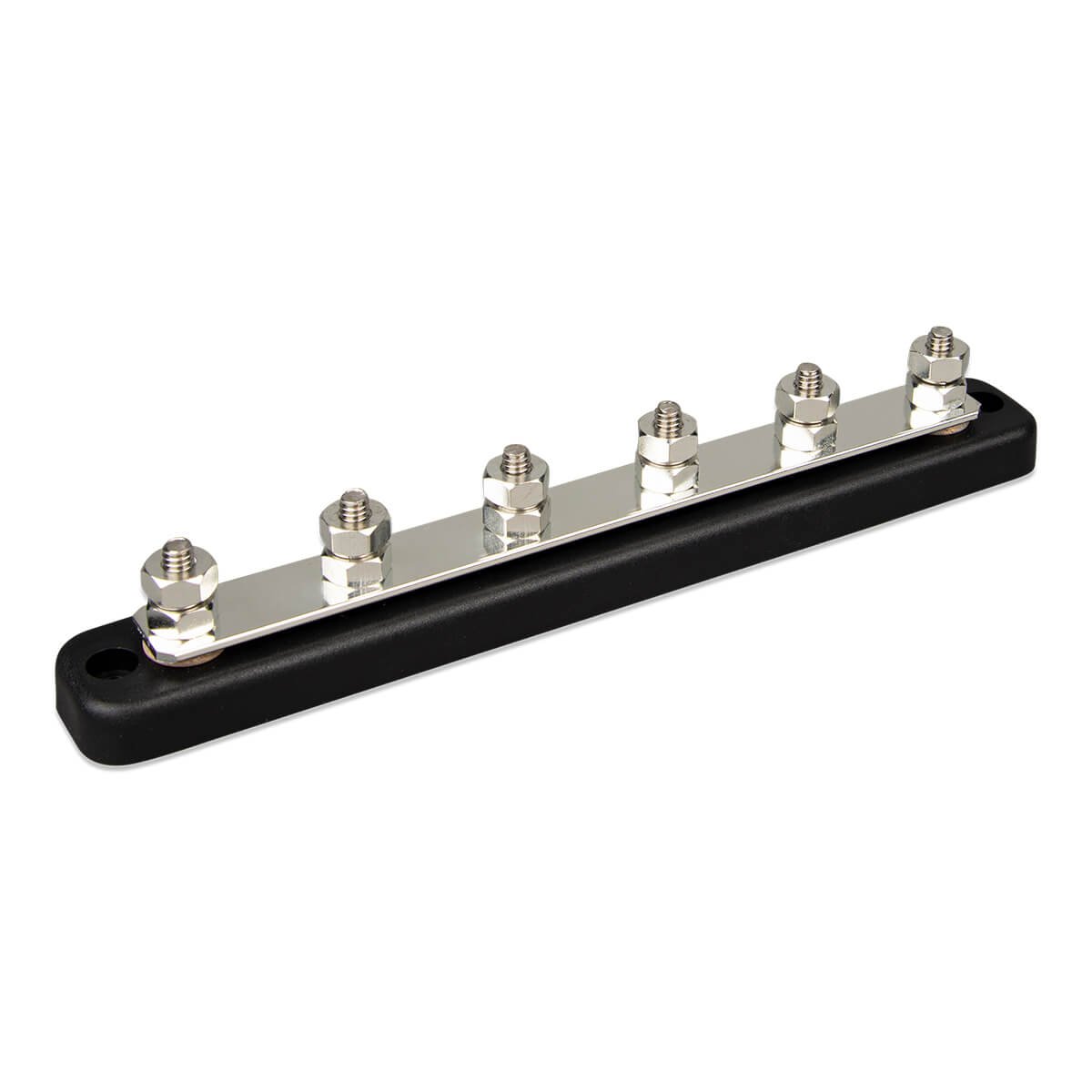

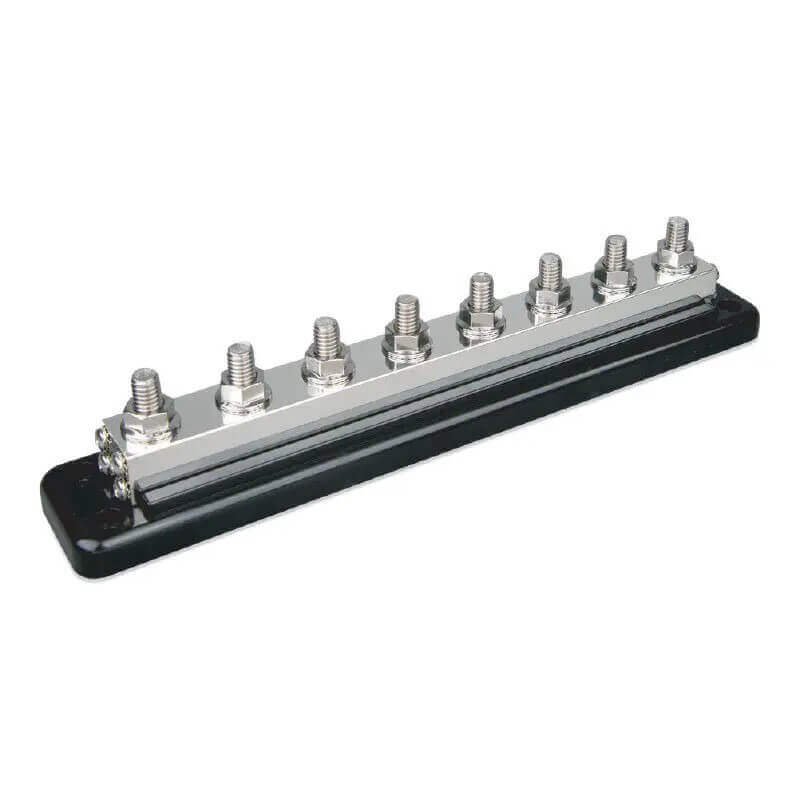


After many hours of YouTube watching, Google searching and discussions with my husband on how we start our first ever van conversion on our Mercedes Sprinter Plaxton Pronto we decided that we needed a 200ah lithium battery.
After reading your article tonight I am not so sure!! 🤯
Hi Nikki, YouTube can be a seriously confusing place, especially as so many of the van conversion videos out there are either trying to promote certain products or produced by someone without sufficient training or understanding of the subject matter. We are more than happy to help, if you drop us an email at [email protected] and let us know how you intend to use your van Pronto and any appliances you wish to use, or use our free electrical design service Nomadic Energy we can give you impartial advise as to the best option for your use case. Fun fact, ~75% of our customers don’t actually need Lithium batteries based on their anticipated usage and the appliances they are looking to power :). Thanks for your message, we look forward to hearing from you!
Hello again Nikki, it looks like you beat us to it and have sent us an email and we’ve just replied 🙂